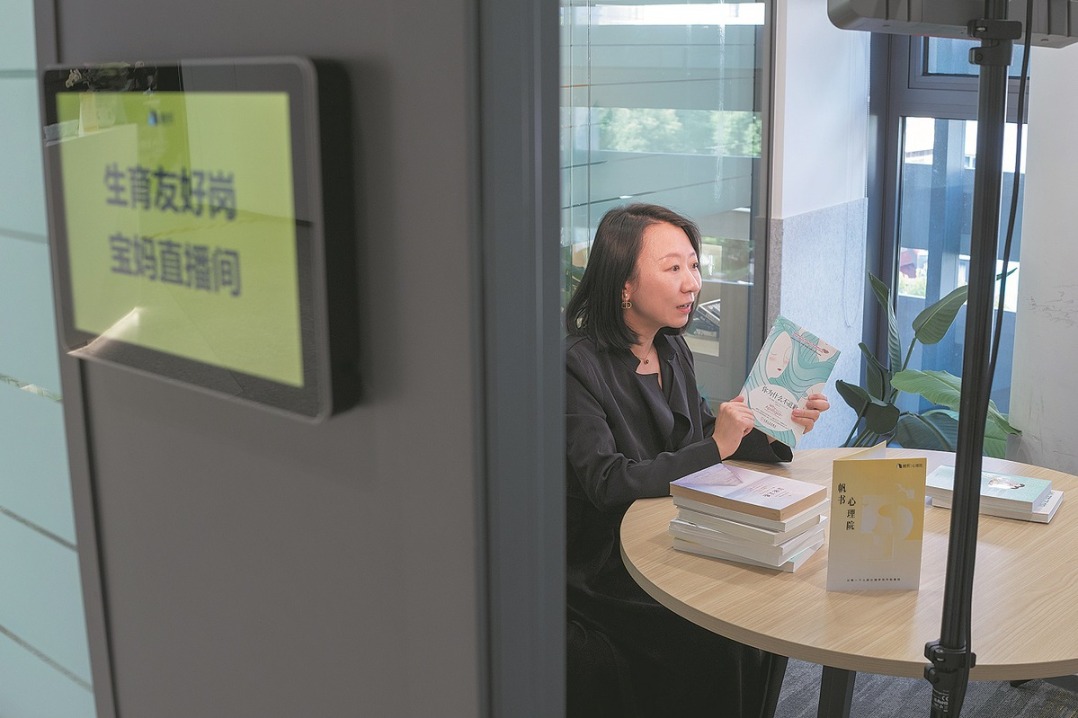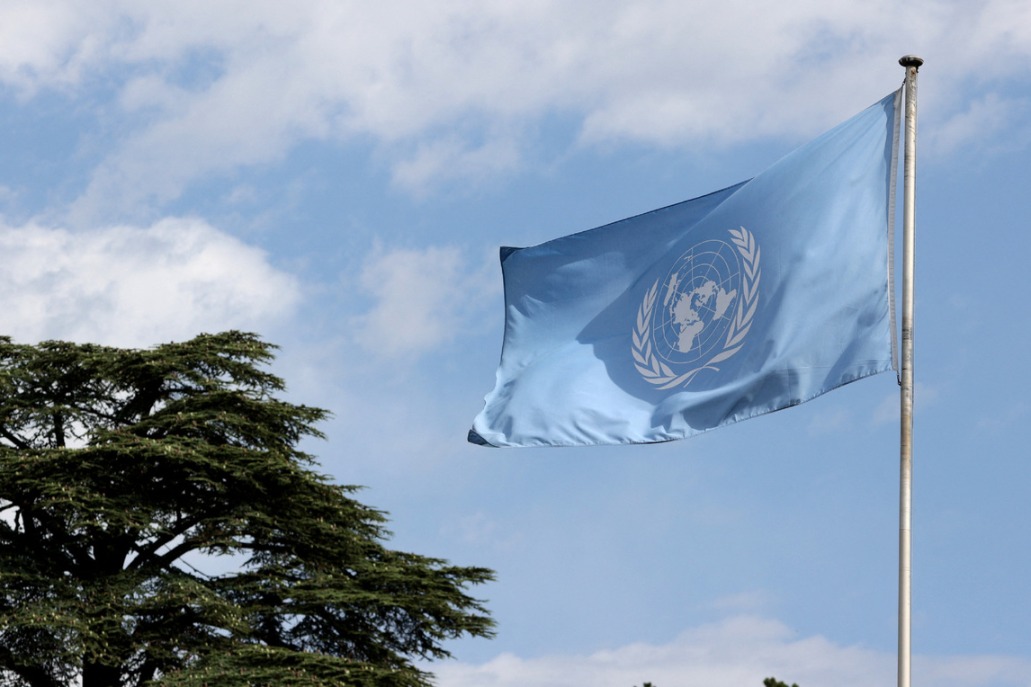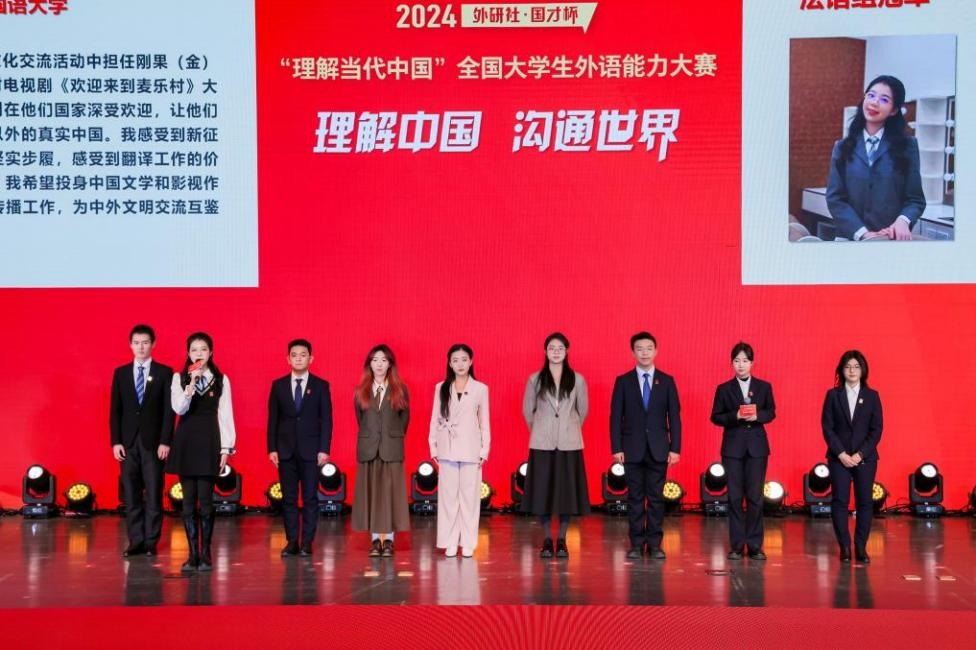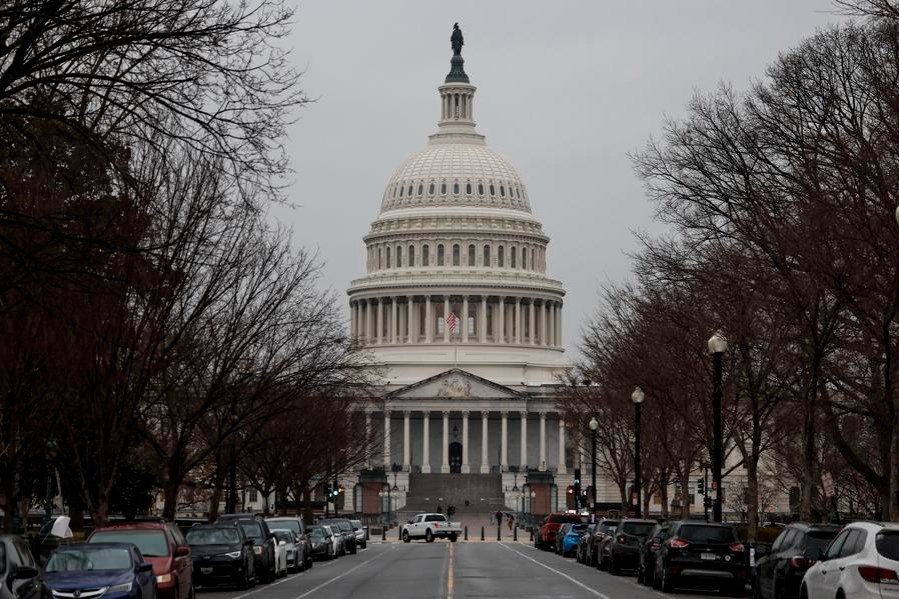Will Biden return to the trade tables of Asia-Pacific?


China has become the first country to ratify the Regional Comprehensive Economic Partnership agreement, the Ministry of Commerce said on Monday. With Thailand, too, ratifying the trade deal and the 13 other RCEP member states stressing they will ratify it before the end of this year to ensure it goes into effect on Jan 1, 2022.
Many cannot ask what approach the Joe Biden administration will adopt toward the largest regional trade deal, especially former president Barack Obama took a "pivot to Asia" policy.
The Biden administration is considering $3 trillion in spending on improving infrastructure, fighting climate change and reducing economic inequities, after approving a $1.9 trillion coronavirus relief package this month. This shows Biden has given top priority to economic recovery.
Therefore, Biden may see the trade policy as part of a bigger economic policy. He signed the "Made in America" executive order in January to leverage the US' purchasing power, strengthen domestic manufacturing and create markets for new technologies, which suggests he is more focused on enhancing US industries' global competitiveness and exploring more overseas markets compared with his predecessor Donald Trump. Moreover, the Department of Commerce has said that 39 million jobs can be created in the US by boosting international trade and 12 million by increasing investment. And several US departments will work together to achieve the goals.
The Biden administration is paying more attention to international rules and the US' alliance with other economies, which is a clear break from Trump's go-it-alone approach. In particular, the Biden administration seems intent on burying Trump's "America first" policy and instead rebuilding the US' Asian and European alliances, and restoring its influence on regional and multilateral trade. Biden is also paying greater attention to environmental protection, climate change and workers' rights.
However, the US' domestic and international trade policies are inconsistent, probably because blue-collar workers are the main supporters of Biden. On Feb 1, Biden re-imposed 10 percent duty on aluminum imports from the United Arab Emirates — which Trump had removed just one day before leaving office — ostensibly to tell workers' unions that he has taken a tough stance on trade. This means the Biden administration, while claiming to deepen cooperation with its allies, is strengthening some of the trade protectionism measures to suit certain groups, which incidentally will limit the extent of cooperation between the US and other economies.
The Trans-Pacific Partnership agreement was the brainchild of former US president Barack Obama and included 12 countries. In its original format, the deal — inked in 2016 — would have been the world's largest trade agreement, covering nearly 40 percent of the global economy. But Trump pulled the US out of the TPP soon after being sworn in 2017, forcing the remaining 11 countries to renegotiate and sign the Comprehensive and Progressive Agreement for Trans-Pacific Partnership in March 2018.
Yet Biden is unlikely to negotiate any trade deal with Asia-Pacific economies in the near future, because he needs to first focus on domestic issues such as the novel coronavirus pandemic, economic recession and rising racism.
The first priority of Biden therefore is to boost economic recovery, perhaps through new stimulus plans and infrastructure construction. But for that too, the administration needs a strong trade agenda to support the economic recovery.
Also, election politics is preventing the US from joining the CPTPP or initiate new mega FTA negotiations with other economies. In the 2016 presidential election, battleground states such as Pennsylvania, Ohio and Michigan that are against the liberalization of trade, played a key role in Trump's victory. In last year's election, those states reminded Biden of their protectionist agenda. As such, Biden has pledged to discuss the new trade policy carefully, and his administration will not start any trade negotiations before strengthening environmental protection and securing workers' rights.
Besides, the Trade Promotion Authority, or fast-track authority that gives the president the power to negotiate international trade deals expeditiously and limited congressional oversight, will expire in July 2021. If the TPA is not renewed, getting any new deal passed by Congress could be an uphill task for the administration. The Congress had given both Obama and Trump the TPA, and Trump used it to sign the United States-Mexico-Canada Agreement.
So rather than "rejoining the CPTPP", Biden may prefer to negotiate new FTAs with the original TPP member economies. But even if the US joins the CPTPP, it cannot get much concrete benefits given that Democrats and Republicans in the Congress hold different views on trade.
The two trade deals between European and Asia-Pacific countries supported by Biden as Obama's vice-president did not end well, so many US politicians are skeptical about free trade negotiations. In fact, the US president's stance on trade has veered toward moderation in the two months he has been in office. So it is safe to say the US may not join the CPTPP anytime soon and the trade deal is unlikely to greatly influence the trade structure in the Asia-Pacific region.
The author is a researcher at National Institute of International Strategy, Chinese Academy of Social Sciences.
The views do not necessarily reflect those of China Daily.
If you have a specific expertise and would like to contribute to China Daily, please contact us at opinion@chinadaily.com.cn, and comment@chinadaily.com.cn.


































